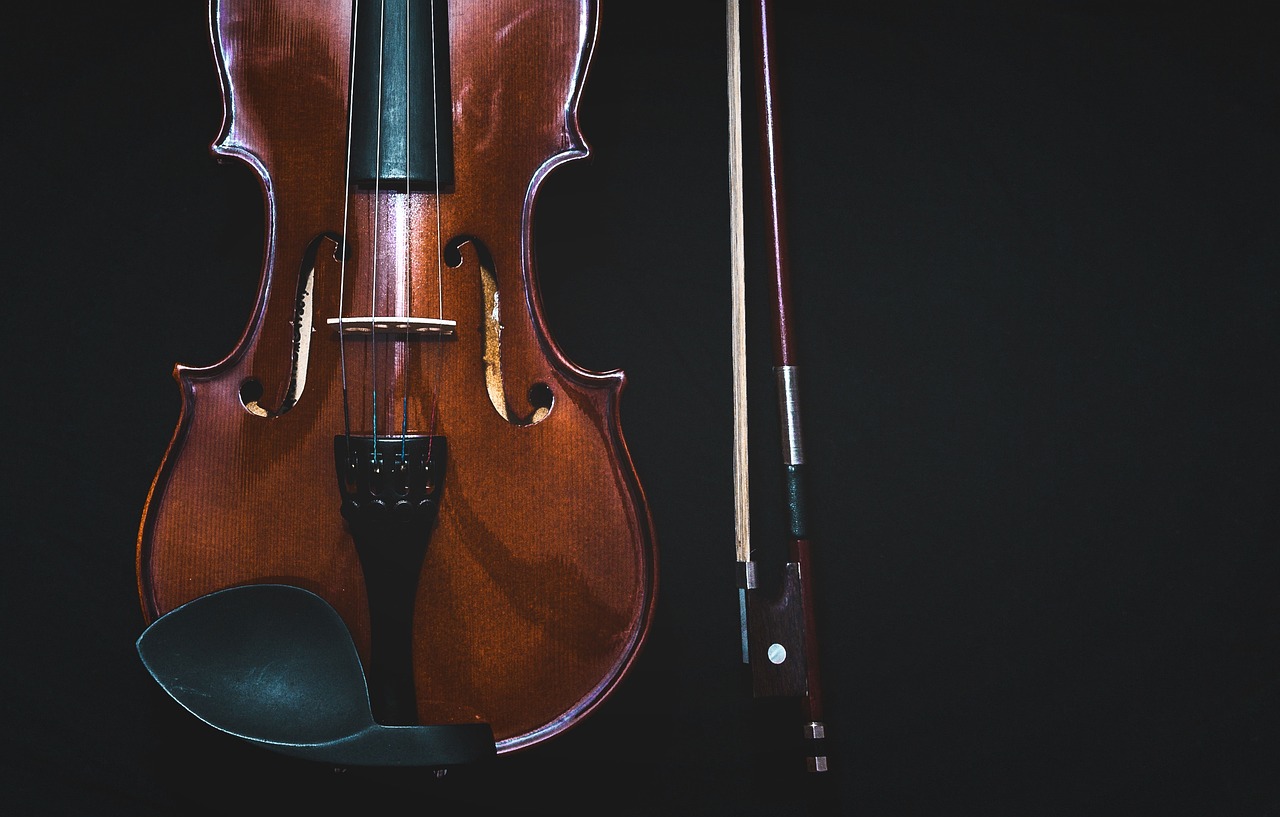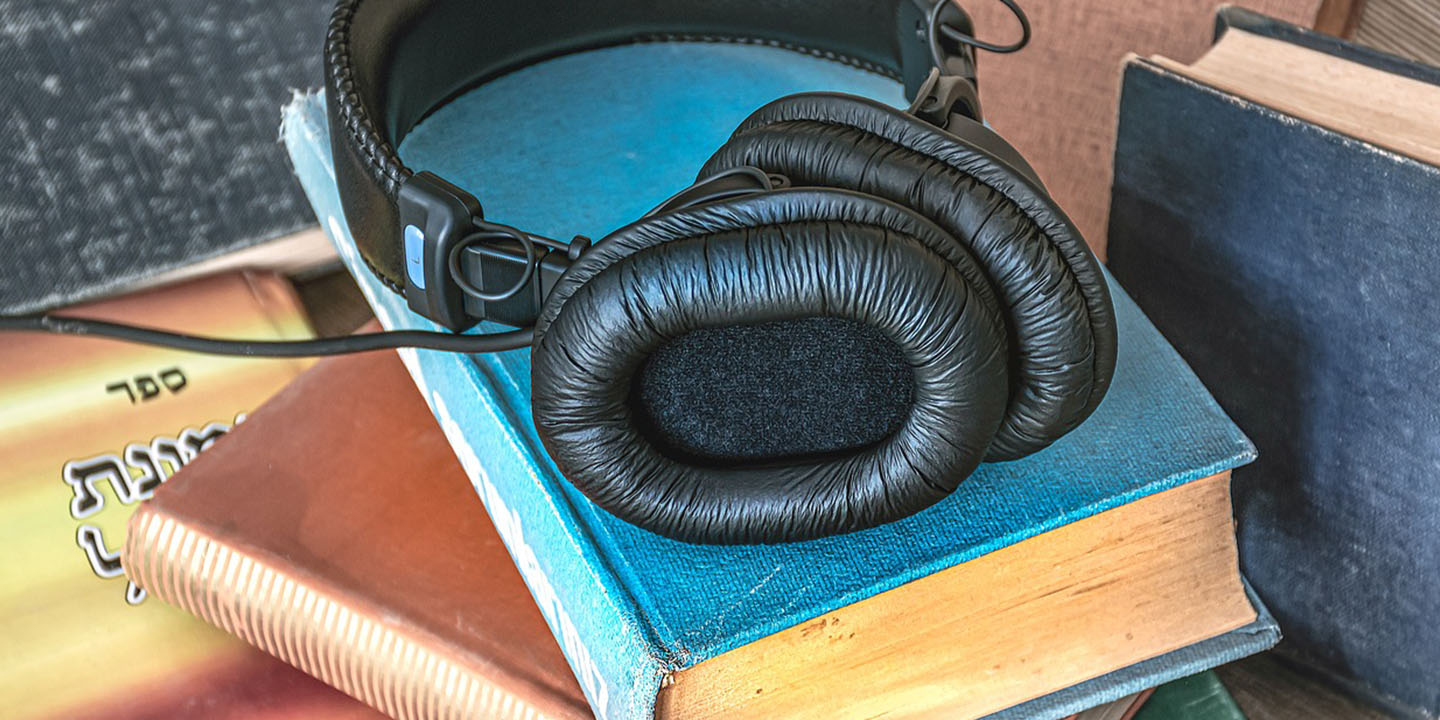As parents, your goal is to provide your children with toys that make them happy while also offering entertainment, education, and inspiration. You want to keep them occupied but with intent. It's extremely important to recognize that not every toy available is a suitable option for your child. Whether due to safety issues, inappropriate content, or subpar quality, certain toys could potentially cause more harm than not. Here, we'll explore 10 toys that might elicit concern, discussing why you may want to reconsider including them on your shopping list. But don't worry, we're also giving you 10 options that are much more suitable!
1. Tiny Magnetic Balls
These magnetic balls might look cool, with their ability to form intricate shapes, but the last thing you want is for them to get swallowed. They can cause serious internal damage by sticking together through different parts of the digestive system. It's better to opt for larger magnetic toys that don't pose a swallowing risk.
2. Cheap Jewelry-Making Kits
Jewelry-making kits can be a fantastic creative outlet, but the cheaper versions often contain small parts and potentially toxic substances like lead. If ingested or handled improperly, they can pose a serious health risk to young children. Stick with reputable brands that adhere to safety standards.
 Image by Attraction Magazine from Pixabay
Image by Attraction Magazine from Pixabay
3. Loud Noise-making Toys
Toys that produce loud noises can be incredibly annoying, but more importantly, they can also damage your child's hearing. Prolonged exposure to high decibel levels can lead to hearing loss over time. Consider toys with adjustable volume settings to keep those little ears safe.
 Image by Studio_Iris from Pixabay
Image by Studio_Iris from Pixabay
4. Toys with Small Batteries
Toys that require button batteries are a big no-no for young kids. These batteries can be easily swallowed and lead to burns or other serious injuries when lodged in the esophagus. Always check the battery compartment to ensure it's secure and inaccessible to curious little fingers.
5. Highly Realistic Toy Weapons
Toy guns or swords that look too realistic can not only desensitize children to violence but also pose a danger in public settings where they can be mistaken for real weapons. Opt for toys that are clearly fantastical or whimsical in design to avoid any confusion.
6. Breakable Glass or Ceramic Toys
Toys made from glass or ceramic might look beautiful on the shelf, but they're not practical for play. They can easily break and create sharp edges that can cut or injure. Plastic or wood toys are much safer alternatives for active playtimes.
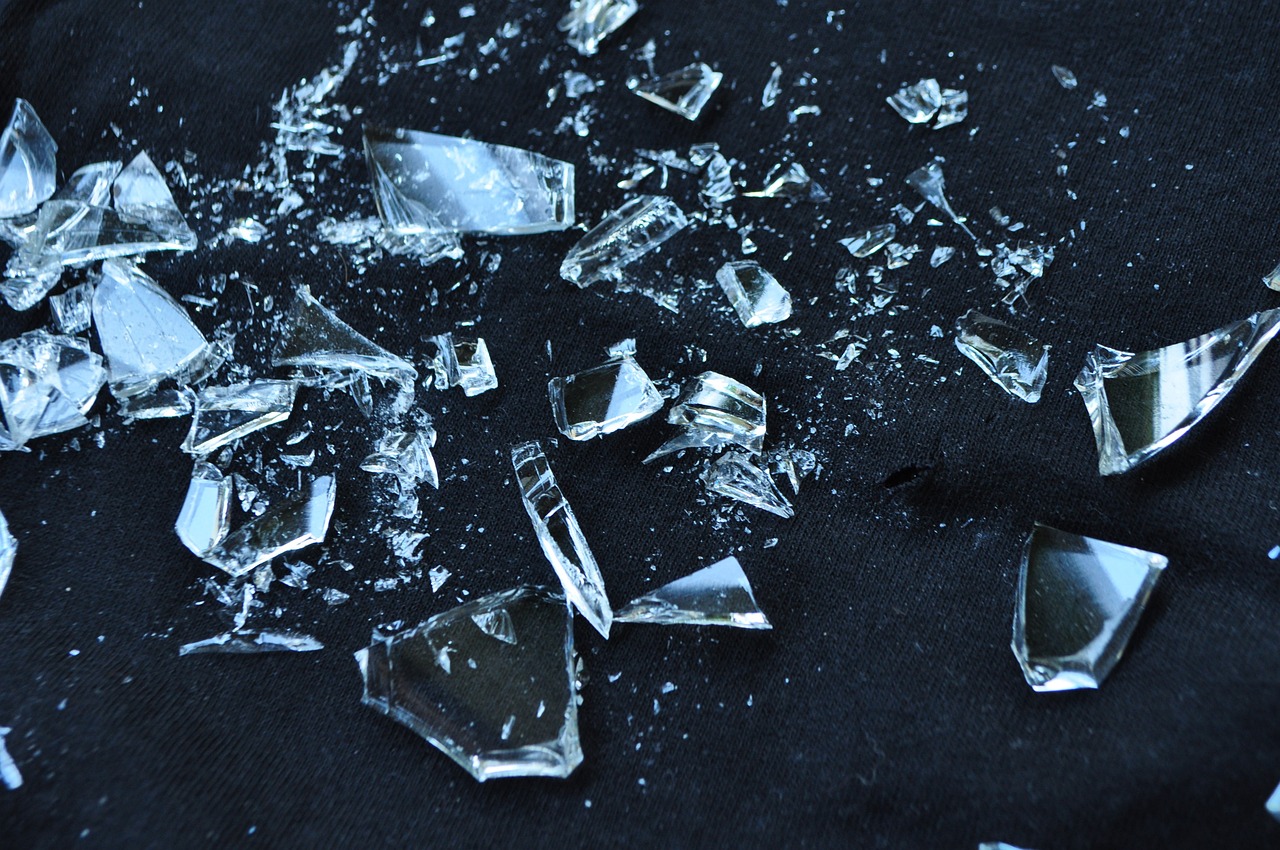 Image by Marcela Bolívar from Pixabay
Image by Marcela Bolívar from Pixabay
7. Toys with Long Cords or Strings
Long cords or strings on toys can pose a strangulation hazard for young children, especially babies and toddlers. It's best to avoid toys with these features or ensure that any strings are shorter than 7 inches to prevent accidents.
 Image by Philip Pena from Pixabay
Image by Philip Pena from Pixabay
8. Overly Complex Building Sets
While building sets can be excellent for developing fine motor skills and creativity, those that are too complex for your child's age can lead to frustration and disinterest. Choose sets that match your child's skill level to keep the experience fun and educational.
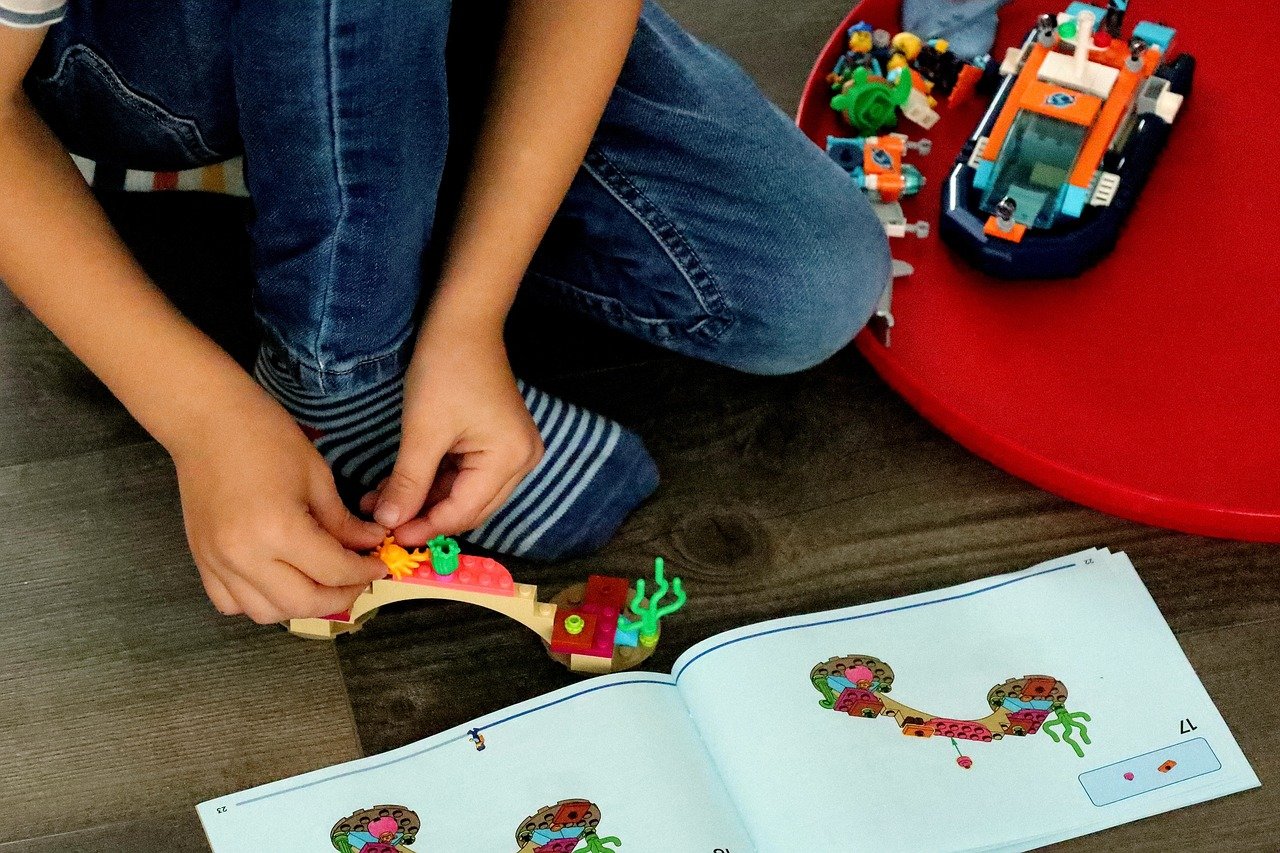 Image by Thomas G. from Pixabay
Image by Thomas G. from Pixabay
9. Inflatable Toys for the Pool
Inflatable toys might seem like fun pool accessories, but they can easily tip over or deflate, putting non-swimmers at risk. Always supervise children in the water and opt for solid, well-designed floatation devices instead.
 Image by Huy Cường Đinh Vũ from Pixabay
Image by Huy Cường Đinh Vũ from Pixabay
10. Toys with Inappropriate Content
Finally, toys that feature inappropriate content, whether through themes, language, or images, can expose children to ideas and concepts that are not suitable for their age. Always review the content of a toy, including games, books, and electronic devices, to ensure they align with your family's values.
 Image by 11333328 from Pixabay
Image by 11333328 from Pixabay
Now, onto a list of 10 fantastic toys that are sure to be hits with your kids, each offering its own unique benefits and they meet all the safety requiements.
1. Building Blocks
Building blocks, such as LEGO or Mega Bloks, are classics for a reason. They encourage creativity, improve fine motor skills, and can keep your child engaged for hours as they build their own masterpieces. Plus, they're great for all ages, making them a versatile choice for any family.
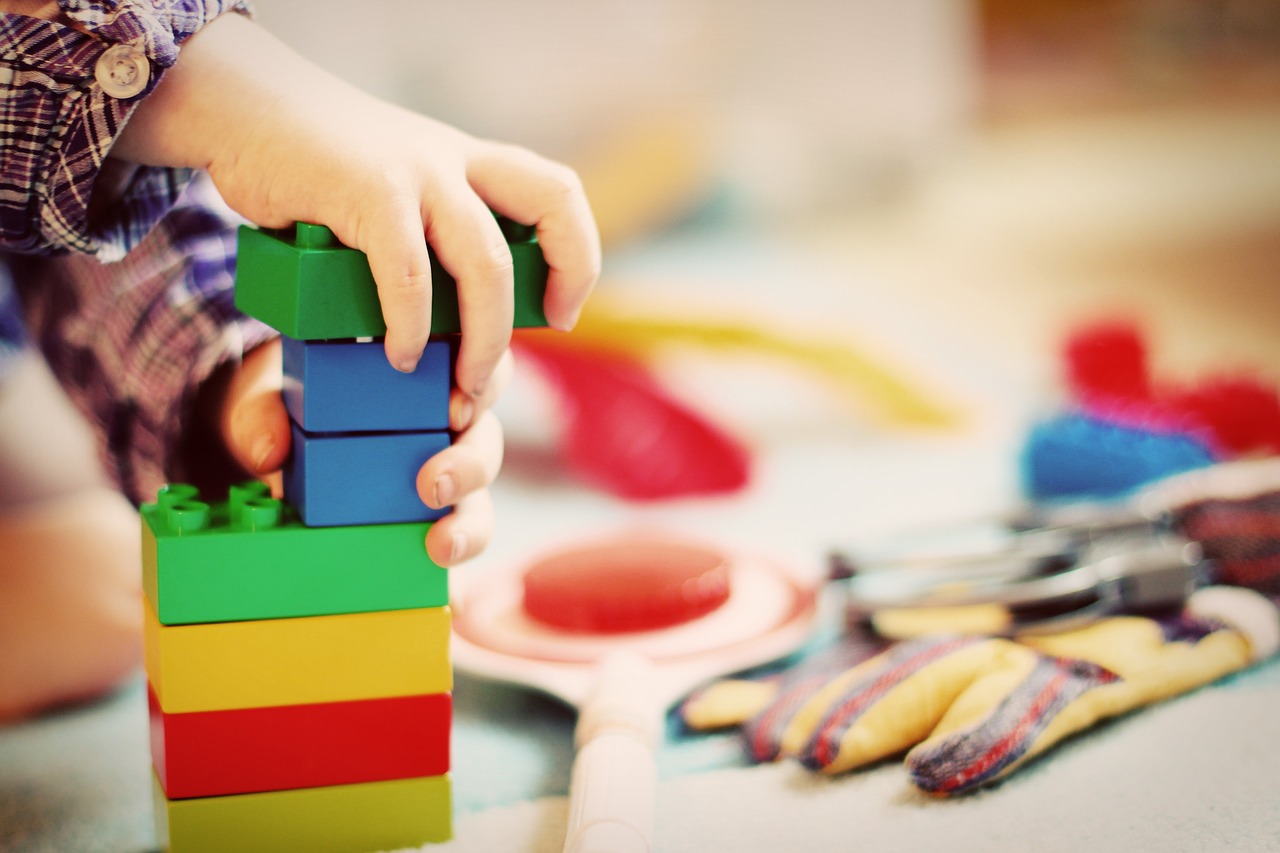 Image by Esi Grünhagen from Pixabay
Image by Esi Grünhagen from Pixabay
2. Puzzles
Puzzles are excellent for developing problem-solving skills and can be adapted to any age group. From simple wooden puzzles for toddlers to more complex jigsaw puzzles for older children, they're a great way to challenge your child's mind in a fun and engaging way.
3. Active Play Toys
Think jump ropes, balls, and hula hoops. These toys encourage physical activity, helping kids to develop their gross motor skills while also promoting a healthy lifestyle. They're simple, affordable, and can provide endless outdoor fun.
 Image by Schorsch from Pixabay
Image by Schorsch from Pixabay
4. Craft Kits
Craft kits can range from painting and drawing sets to clay modeling kits and beyond. They're fantastic for encouraging creativity, improving concentration, and developing fine motor skills. Plus, your child will have a sense of accomplishment after creating something on their own.
 Image by Devils Apricot from Pixabay
Image by Devils Apricot from Pixabay
5. Science Kits
Science kits are a great way to make learning fun. Whether it's a chemistry set, a crystal growing kit, or a DIY robot, these toys can spark a lifelong interest in science and help develop analytical thinking skills.
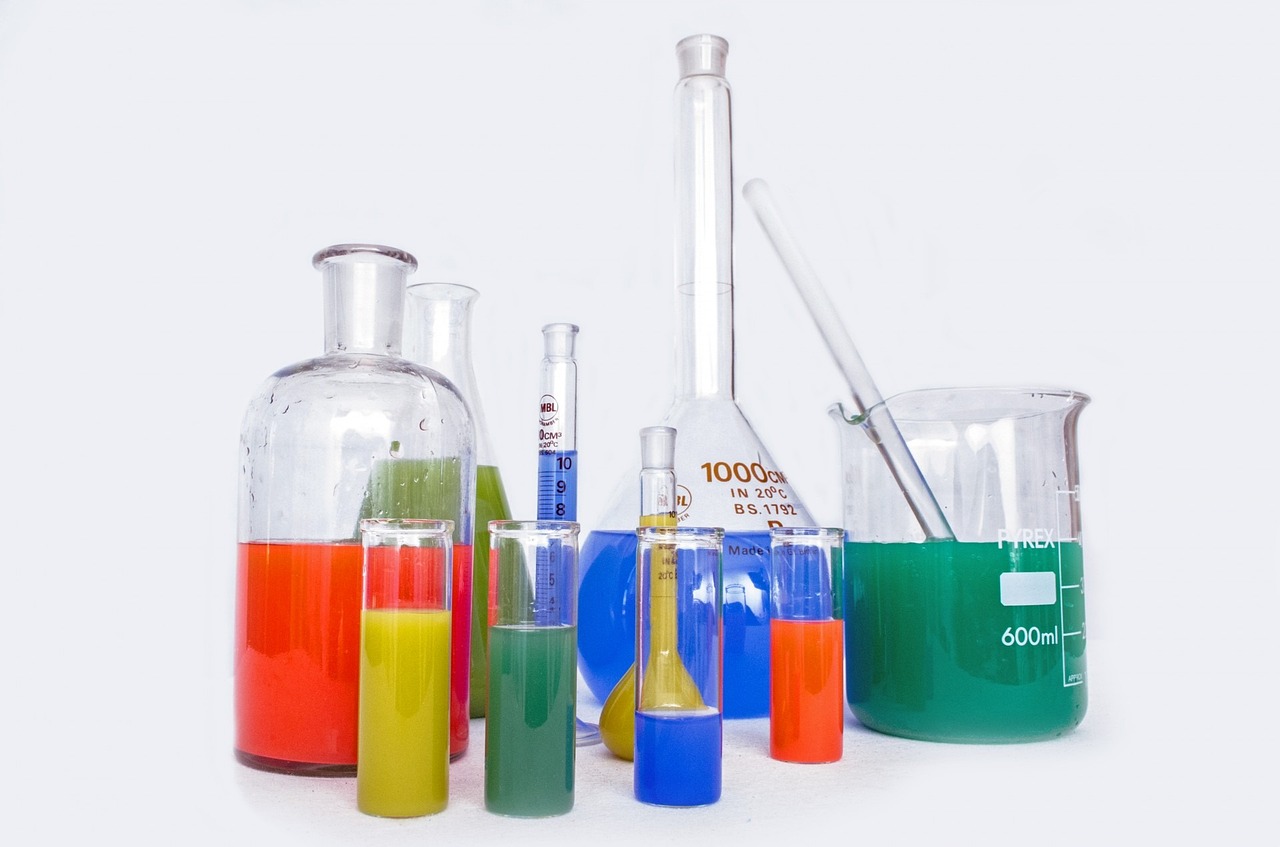 Image by PublicDomainPictures from Pixabay
Image by PublicDomainPictures from Pixabay
6. Musical Instruments
Introducing your child to musical instruments, such as a keyboard, a ukulele, or even a simple drum, can enhance their auditory skills, improve coordination, and foster a love for music. Music is not only fun but also beneficial for brain development.
7. Educational Technology Toys
There are many educational tech toys that are designed to be both fun and informative. Look for toys that teach coding, language learning, or even augmented reality (AR) experiences that can bring learning to life.
8. Outdoor Exploration Kits
Encourage your child's sense of adventure with an outdoor exploration kit. Items like binoculars, magnifying glasses, and bug catching kits can turn a simple backyard into a vast new world to explore, teaching them about nature and science in the process.
9. Board Games
Board games are great for family game nights and teaching children about strategy, patience, and sportsmanship. There are games available for all age groups and interests, from simple matching games for toddlers to complex strategy games for older children.
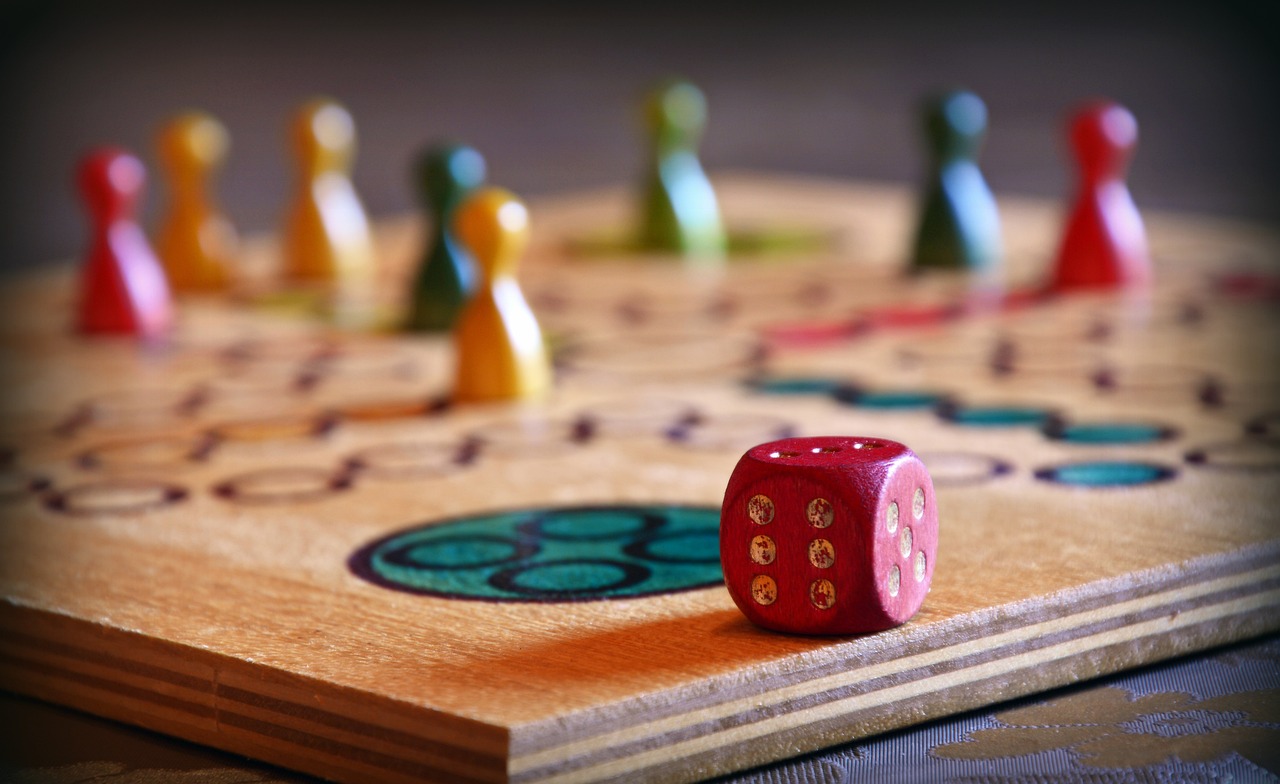 Image by Peggychoucair from Pixabay
Image by Peggychoucair from Pixabay
10. Dolls and Action Figures
Dolls and action figures aren't just for pretend play; they can also help children develop empathy and storytelling skills. Look for dolls or figures that promote positive messages and represent a broad range of cultures and backgrounds to enrich your child's playtime experience.






